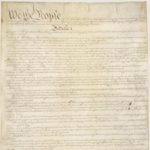This lesson explore the principle of checks and balances by providing video clips with examples and explanations. As they view these real-world examples, students will complete a graphic organizer and use it to evaluate how effective our system of checks and balances is at limiting government.
Presidency on Trial: Assessing the Limits of Presidential Power
As they framed the Constitution, many of the Founding Fathers were wary of a powerful chief executive who might overshadow the legislative branch. By constructing the separation of powers within the federal government with a system of checks and balances, the Framers sought to limit the power of the president. Students will investigate not only the formal checks as laid out in the Constitution, but also explore the informal checks on presidential power that have emerged in the modern era. Free registration required to access lesson plan.
Starter Kit: Checks and Balances Podcast
We exist in a delicate balance. Ours is a system designed to counterweight itself, to stave off the power grabs that entice even the fairest of us all. The U.S. government is comprised of humans, not angels, so each branch has the power to stop the other from going to far. The only catch being, of course, they have to actually exercise that power. In this episode, with the inimitable Kim Wehle as our guide, we learn what those checks actually are, and how the Executive, Legislative and Judicial branches (ostensibly) keep things democratic.
This short episode includes a one-page Graphic Organizer for students to take notes on while listening, as well as discussion questions on the back side.
Foundations of Democracy: Lesson Plans & Resources
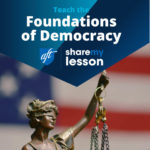
This Share My Lesson collection provides teachers with free lesson plans and resources on the foundational principles of democracies, including rule of law, limited government, and checks and balances. It can be used to build background knowledge to analyze the health of our democracy over time and in today’s environment.
Balancing Three Branches at Once: Our System of Checks and Balances
Key Constitutional Concepts
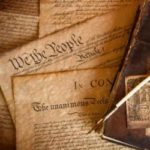
This three-part documentary discusses why and how the Constitution was created at the Constitutional Convention and explores the protection of individuals’ rights in the Supreme Court case Gideon v. Wainwright and limits on presidential power through checks and balances in the Supreme Court case Youngstown v. Sawyer.
Each segment is about 20 minutes.
Closed captions available in multiple languages, including Spanish.
The Role of the Courts (Separation of Powers)
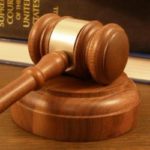
In these five short videos, federal judges explain separation of powers and the roles of the three branches of government as well as landmark cases related to separation of powers. Judges also discuss our government’s system of checks and balances, and why it’s important to respect the nation’s rule of law and the jurisdiction of the courts.
Congress at Work: The Presidential Veto and Congressional Veto Override Process
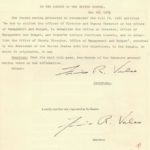
Students will use a facsimile of a vetoed bill and veto message to understand the veto and veto override process in Congress. Referring to the Constitution, students will match the Constitution’s directions to the markings and language of the bill and veto message. Students will then investigate motives for using the veto and override powers, and how the powers reflect the Constitution’s checks and balances.
Congressional Power of Impeachment
In the Constitution, the Congress is given the sole power of impeachment and removing the President and all civil officers from office. This power of Legislative Branch provides a significant check over the Executive and Judicial Branches. This lesson provides explanations of the Constitutional basis of the power, the process for removing officials and the history of impeachments and removing these officials from office. It also provides discussions on the standards of impeachments and how those are interpreted by Congress.
Comparing Impeachments Across History
Use this lesson alongside The Impeachment of Andrew Johnson Decision Point to introduce students to the concept of impeachment and how it has been used throughout U.S. history.
